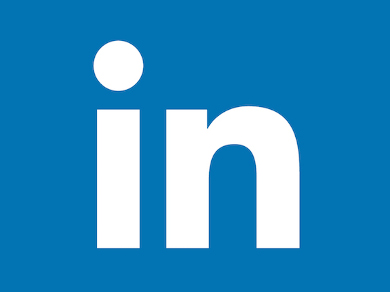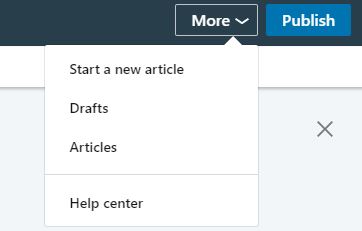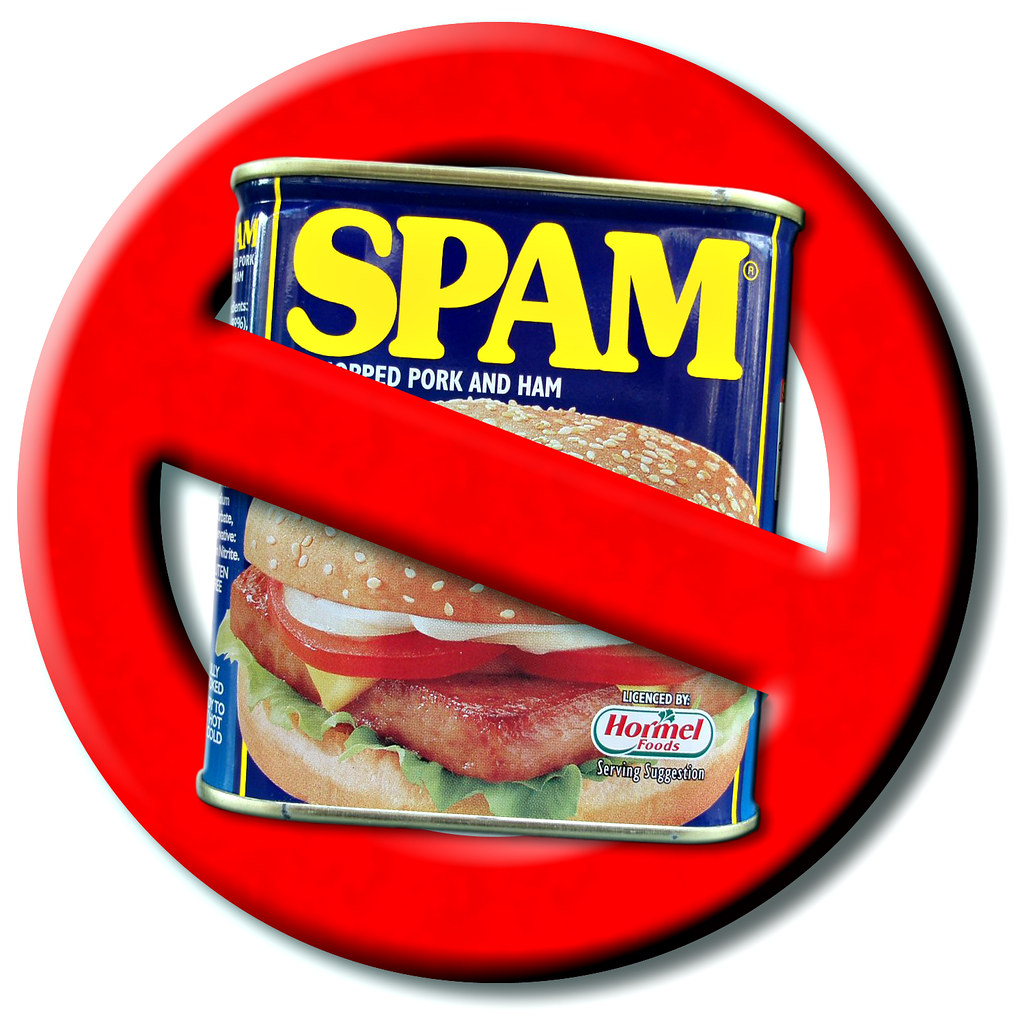Hands up if you remember the days when Facebook allowed you to reach your entire audience without putting in your credit card details? I certainly do. It was Summer 2014, and I had recently moved my newly set up business into a swanky office near Great Portland Street in Fitzrovia. I’d built a really strong Facebook following for a number of clients, and organic reach was high. I’d barely even considered using the platform for ads at this point; organic allowed me to reach all of the fans I’d built up on each client’s page. Then something changed; the amount of content on the platform meant that the Facebook algorithm had to become more and more selective with the kind of content it showed to each user. Perhaps understandably, the decision makers at Facebook prioritised paid over organic. Organic reach started to drop across the board, and – over time – paid became an integral part of any successful Facebook strategy.
How is this relevant to LinkedIn, you may be asking. Well, LinkedIn in 2019 has a lot of similarities to Facebook before the 2014 algorithm update. If you’re not using LinkedIn as part of your organic social strategy, you’re quite simply missing out on plenty of organic traffic.
The state of LinkedIn in 2019
On LinkedIn in 2019, engagement is king. The single biggest factor that determines whether or not your content keeps showing up in people’s news feeds or not is engagement. Of course, this can be easier said than done, but if you create a great piece of content that people keep consistently liking, sharing, and commenting on, you’re going to get plenty of organic reach.
So, with that in mind, here’s how to make LinkedIn work for you in 2019.
Write articles
If you want to get reach on LinkedIn, you should be writing articles. If you scroll through the LinkedIn news feed on your phone or desktop, it won’t be too long before you come across an article posted via LinkedIn’s native Publisher tool. Naturally, the LinkedIn algorithm prioritises these native posts over links to external sites, such as your company’s blog. Make sure to post links to your company’s website or blog at the bottom of the article, but don’t be too blatant or overly salesy about it. After all this is essentially PR
If you write an article that really takes off, it can mean an increase in your LinkedIn audience, an increase in enquiries and an increase in visits to your website. But to do so, it has to be great quality, topical and valuable content that people are going to want to share with their colleagues after they’ve finished reading it.
Engage with the community
A good way to build a following on LinkedIn is to engage with other people who work in your industry. For example for someone dealing with r&d tax credits simply find content created by people who work in your industry, consume it, and leave a well thought out comment, or share it with your own followers. This kind of carefully considered, well reasoned engagement can help you build a following. Let’s say you find a great piece of content related to your industry, and take the time to leave a thoughtful and interesting comment. The content creator replies with some thoughts of their own, and you get a bit of a back and forth going. At this point, you can send them a connection request, and they’re likely to accept. After all, wouldn’t you be more likely to accept a request from someone who you had a meaningful exchange with, than someone who is in your industry but you’ve never spoken to before?
This can be a time consuming endeavour, but trust me – it’s well worth it. If you put 15 minutes into this every day, over time you’ll start to build up a massive following of highly engaged people in your industry.
Post often (but not too often!)
As with any social network, there’s loads of content on LinkedIn, and if you’re not posting frequently you’ll be left behind. Just like other social platforms, you need to create a schedule of posts ahead of time, while leaving space in the schedule for reactive content that you create to be in line with big news stories from your industry.
However, one great thing about LinkedIn is that once a piece of content takes off and starts getting a lot of engagement, it will continue to show up in people’s news feeds over and over again (even if they’ve seen it already). This means that once your posts start regularly getting a lot of engagement, you can take your foot off the gas a little bit and start posting slightly less regularly. After all, if you’ve had a really successful post, you don’t want to distract attention from it by posting something new immediately afterwards.
Don’t spam people
This should be really obvious and shouldn’t have to be said, but you really shouldn’t spam people with cold sells on LinkedIn. I have never met anyone who got anything of value out of either sending or receiving a cold sales email on LinkedIn, it is just not a great way of creating value out of LinkedIn. Let’s say you’re an employer looking for a new member of staff. Rather than spamming potential candidates with private messages, why not post a public status update? Letting any potential candidates come to you, rather than popping up into their inbox uninvited is a far better way of kicking off a professional relationship.
No matter what you want to achieve through your LinkedIn strategy, creating good quality content and engaging with like-minded individuals is the way to go. No to spam, yes to quality content!
Those are my tips for maximising the potential of your LinkedIn marketing. Do you agree? How do you make LinkedIn work for your business? Post your ideas in the comments section below!





